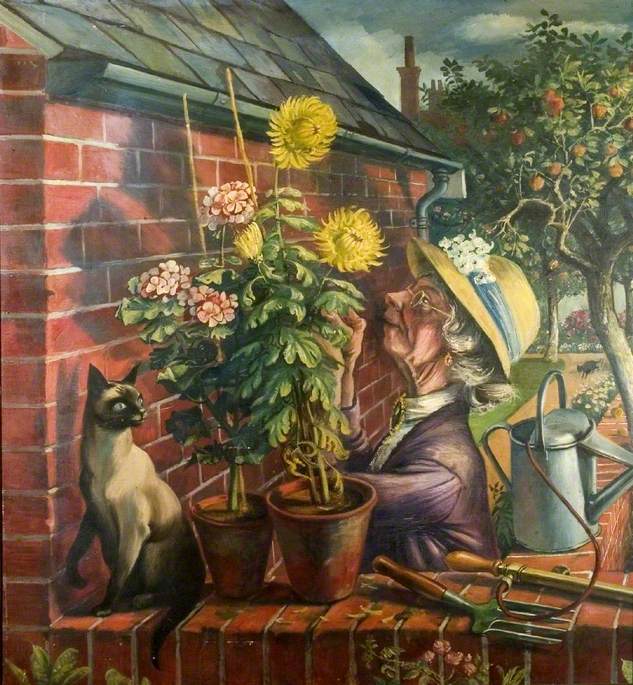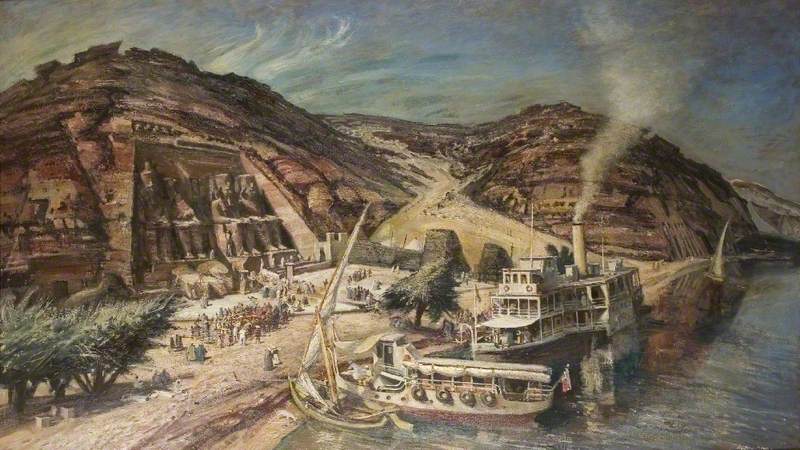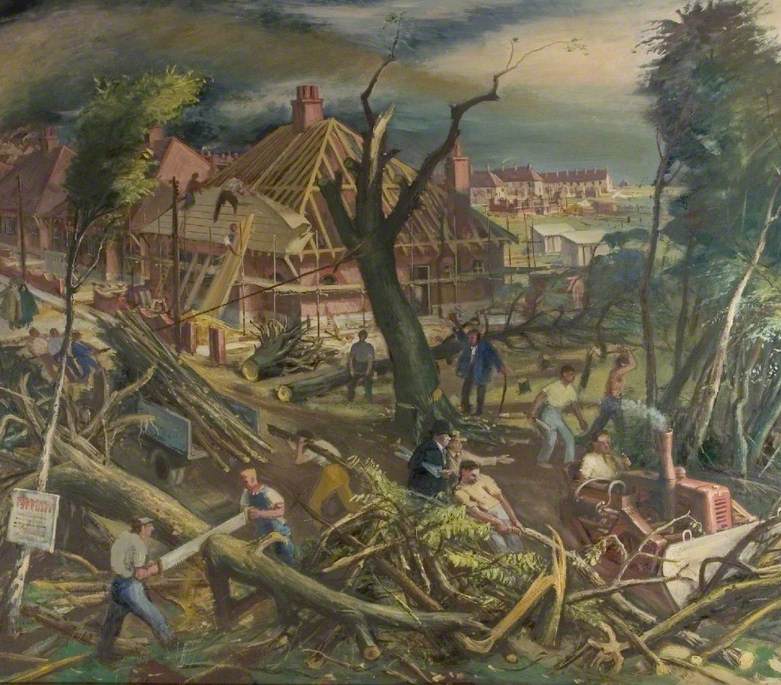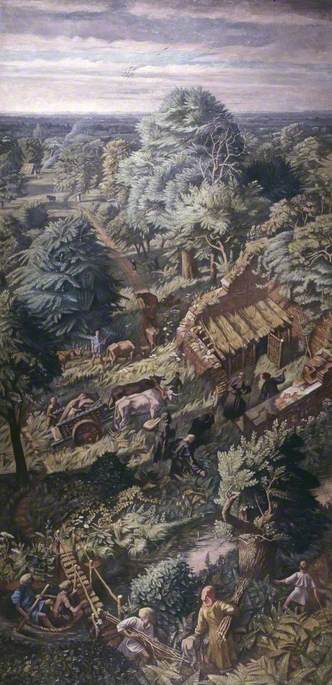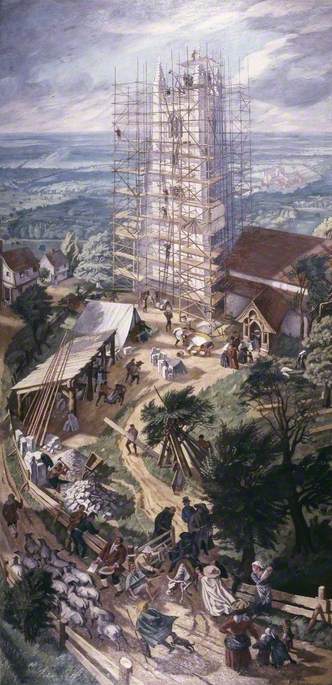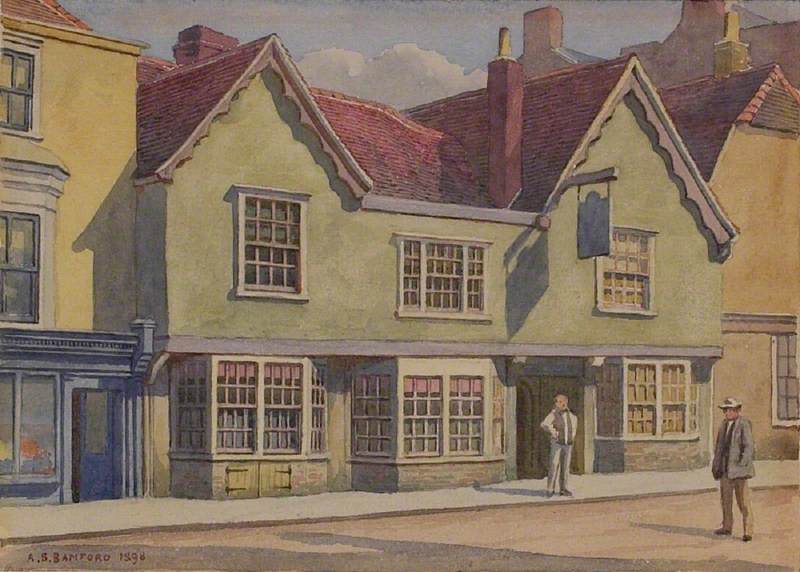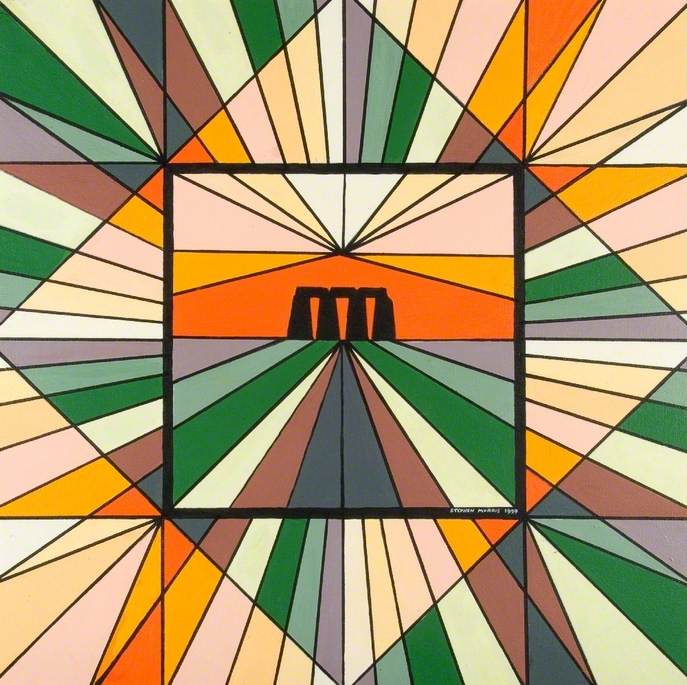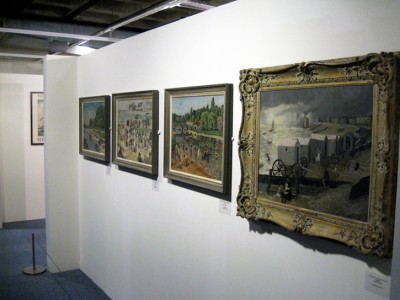Alan Sorrell (1904–1974) was one of Essex’s most accomplished artists, and Southend Museums Service holds many of his works. Here, Curator Clare Hunt chooses some of his most appealing paintings.
1.
Much of Sorrell’s subject matter was serious, so it’s nice to see a light-hearted scene of a lady tending her garden, and with such beautifully observed plants and tools.
It’s my favourite panel of a triptych allegedly made for a pub, and demonstrates the humour that Sorrell was capable of in his art.
2.
Sorrell was a respected archaeological illustrator and was employed by the Ministry of Works to make drawings of many sites and monuments, including Stonehenge.
In 1962, the London Illustrated News commissioned him to document the villages and monuments along the River Nile that were threatened by the building of the High Dam.
Remarkably, this temple to Rameses II, along with many others, was dismantled stone by stone and reconstructed further away from the water for safety.
3.
I would like to think that the artist was a bit of an early eco-warrior.
This painting is a protest against the building of new houses in Thundersley, Essex, where he lived. At the time – 1958 – it was quite an undeveloped, wooded area.
I particularly like the man in the centre, in a bowler hat and with rolls of plans under his arm. He’s probably the best protected person on the site – no hard hats in those days.
4.
Attack on Southchurch Hall during the Peasants' Revolt, 1381
1969
Alan Sorrell (1904–1974) 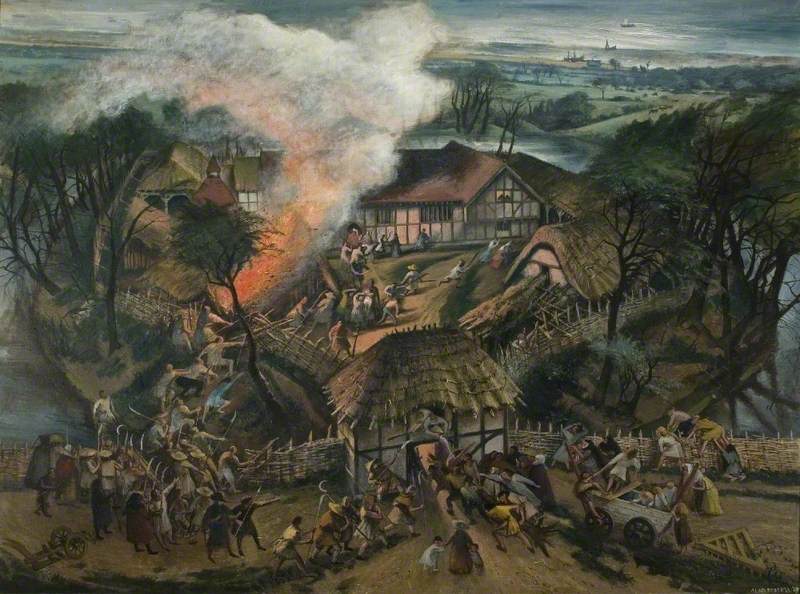
Southchurch Hall is now part of Southend Museums Service. It’s a beautiful, medieval, moated manor house and where this picture now hangs.
At the time of this painting the Hall was a library, but Sorrell depicted it as it could have looked in 1381.
Subsequent archaeological investigation proved his picture to be pretty accurate, except the gatehouse was found to have been stone rather than timber framed.
5.
This huge mural, nearly three metres high, is one of four painted by Sorrell for Southend’s Central Library in the 1930s.
It depicts the early stages of the building of the Prittlewell Priory.
It was founded by Cluniac monks from St Pancras, Lewes, in the twelfth century and the remaining building is now a branch of Southend Museums Service.
The site was probably chosen as it was close to the Thames Estuary. A brook known as Prittlebrook provided fresh water for the priory and its grounds.
6.
This mural is another of the series made for Southend Library, this time depicting St Mary’s Church, Prittlewell, being built.
St Mary’s is a landmark here in Southend and close to the hearts of the locals.
Sorrell has put Prittlewell Priory (featured in the previous painting) in the background. It’s also great to see his imagining of the medieval scaffolding and the carpenters and stonemasons at work below.
He’s even added a shepherd herding his sheep past the scene for good measure.
7.
The Arrival of the First Mail Coach at Southend
c.1937
Alan Sorrell (1904–1974) 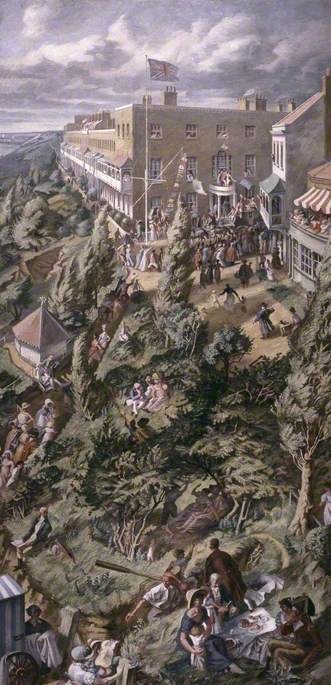
This is the third mural in the Southend Library series.
Another landmark easily recognised by locals is the Royal Hotel (and Royal Terrace) depicted here.
Sorrell again uses his reconstruction skills to imagine this scene in the early nineteenth century when Southend’s tourist trade was more sedate and genteel.
I particularly like the almost animated trees and shrubs and the well-to-do picnickers in the foreground who are unaware of the excitement in the background as the coach arrives.
8.
Study for 'The Refitting of Admiral Blake's Fleet at Leigh, during the First Dutch War'
1933
Alan Sorrell (1904–1974) 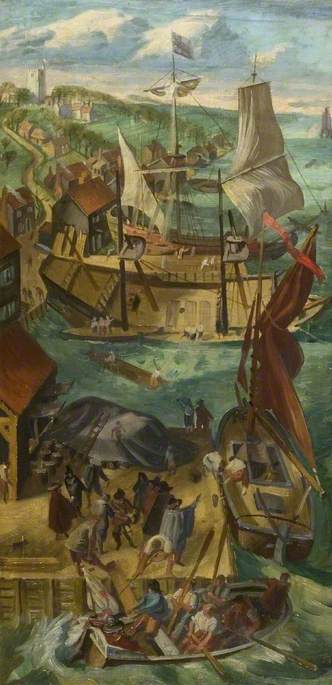
The final mural in the Southend Library series depicts a shipping scene from the Dutch Wars period during the seventeenth and eighteenth centuries. This is Sorrell’s oil study for it.
Leigh-on-Sea is a couple of miles west of Southend and 'Old Leigh' is now chiefly known for its cockle fishing.
At the time this painting was set, however, it was a major shipbuilding centre.
Clare Hunt, Curator, Southend Museums Service
An exhibition of Alan Sorrell's work was held at Beecroft Art Gallery from 29th November 2014 – 4th April 2015.
